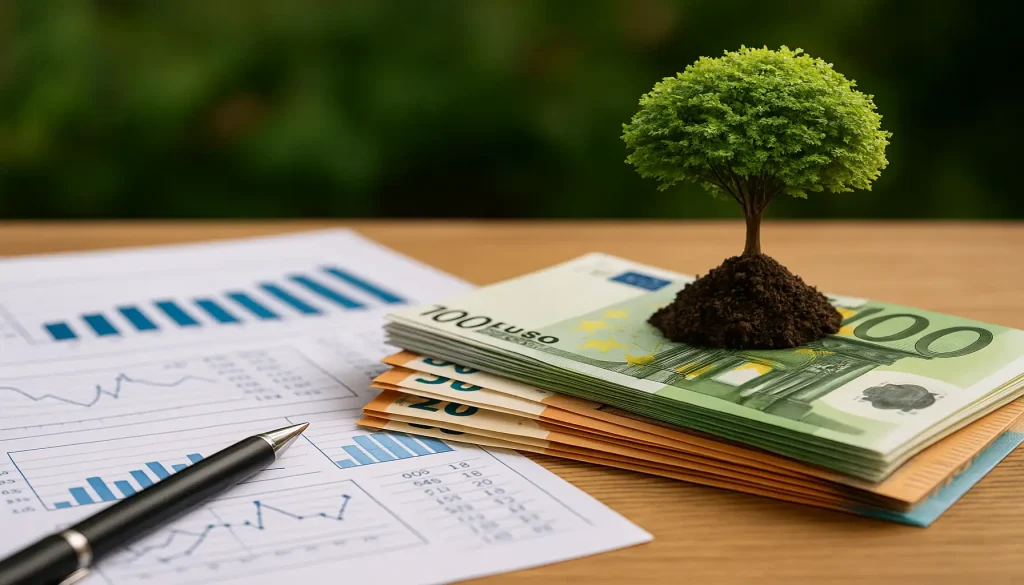Sovereign debt green restructuring is emerging as a pivotal approach to harmonize financial stability and environmental responsibility. As nations grapple with mounting debt and increasing ecological concerns, this restructuring offers a potential path towards sustainable development. The process involves reimagining debt agreements to incorporate eco-friendly policies, thus ensuring countries can meet their fiscal obligations while also committing to green practices.
The concept of sovereign debt green restructuring is gaining traction as a viable solution for countries facing the dual challenges of fiscal instability and environmental degradation. By integrating sustainability into debt repayment plans, nations can work towards reducing their carbon footprint while securing financial relief. This approach not only addresses the immediate burden of debt but also promotes long-term economic health by investing in renewable energy and conservation initiatives
Understanding sovereign debt green restructuring

Sovereign debt green restructuring is an innovative strategy that seeks to redefine financial obligations with an ecological lens. It involves renegotiating existing debt terms to incorporate strategies that support climate goals, thereby fostering a greener economy. Countries can benefit from reduced debt burdens while making tangible progress in environmental initiatives.
One of the key aspects of sovereign debt green restructuring is the focus on climate-resilient infrastructure projects. By channeling resources towards sustainable initiatives, nations can ensure their economic activities align with global environmental priorities. This can include investments in clean energy technologies, enhancing renewable resources, and developing sustainable agriculture practices.
The benefits and challenges of implementing green restructuring
While sovereign debt green restructuring presents numerous benefits, it is not without challenges. On the positive side, it provides countries with a framework to address fiscal limitations while simultaneously investing in their sustainable future. It encourages innovation and collaboration across borders, with the potential to mobilize significant resources for climate action.
Despite these advantages, implementing sovereign debt green restructuring requires overcoming several obstacles. Resistance can arise from stakeholders accustomed to traditional debt arrangements. There is also the complexity of ensuring that green projects are genuinely impactful and not merely superficial. Developing effective monitoring and evaluation mechanisms is crucial to demonstrate the efficacy of restructuring efforts.
Practical steps towards effective implementation
For sovereign debt green restructuring to be successful, practical steps must be taken to ensure its effectiveness. Firstly, clear guidelines and criteria need to be set to distinguish which projects qualify as green investments. This clarity can foster trust and align expectations among stakeholders. Secondly, engaging in transparent negotiations with creditors can facilitate more favorable terms and reduce potential conflicts.
Additionally, countries should prioritize capacity-building initiatives to enhance domestic capabilities in managing sustainable projects. Investing in local expertise can enable more robust project planning and implementation, ensuring that restructuring efforts yield long-term benefits. By adopting a comprehensive approach that blends economic prudence with environmental responsibility, nations can navigate the intricacies of green restructuring more effectively and sustainably.
The future of sustainable sovereign debt management
Sovereign debt green restructuring represents the future of sustainable debt management, balancing fiscal and ecological imperatives. As more countries recognize the interconnectivity of economic health and environmental well-being, adopting such strategies will become increasingly necessary. This approach provides an opportunity to reevaluate traditional financial systems and integrate sustainability as a core component of national and international fiscal policies.
In conclusion, sovereign debt green restructuring is poised to reshape the global financial landscape by embedding sustainable development principles into debt management practices. The journey toward a greener economy requires innovative solutions that safeguard both financial and environmental interests. As nations embark on this path, collaboration, transparency, and foresight will be key to creating a resilient future for people and the planet.



